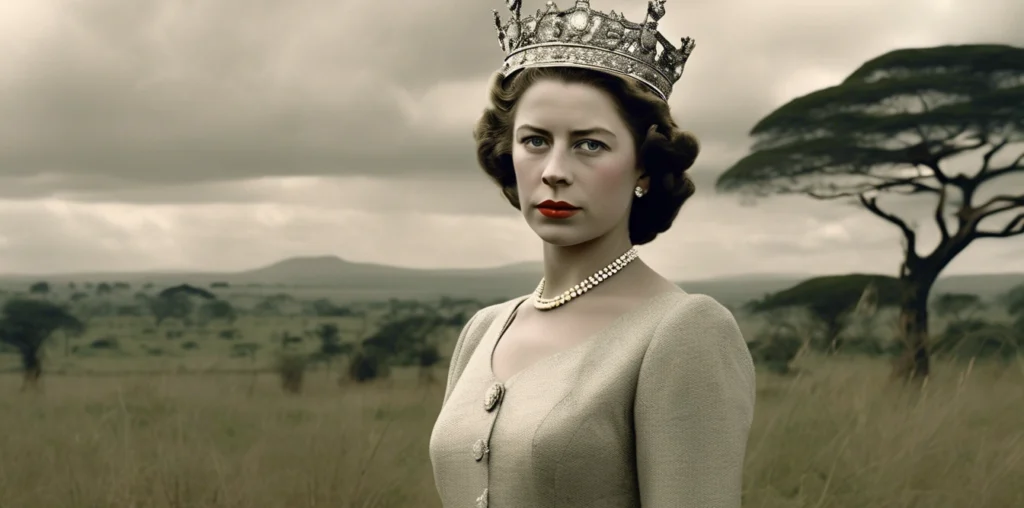Background: King George VI of the United Kingdom had suffered from serious health problems, and his daughter, Princess Elizabeth, had been gradually preparing to take on greater royal responsibilities. The British Empire was undergoing transformation, with decolonization movements gaining momentum and the Commonwealth becoming an essential part of British foreign policy.
What Happened: On February 6, 1952, King George VI passed away in his sleep at Sandringham House. At the time, Princess Elizabeth was on a royal tour in Kenya. When she received the news of her father’s death, she immediately returned to the United Kingdom, assuming the throne at just 25 years old. Her official coronation took place on June 2, 1953, marking the beginning of her historic reign.
Impact for the Future: Queen Elizabeth II’s ascension marked a new era for the British monarchy. Her reign saw significant changes, including the decline of the British Empire, increased public engagement, and modernization of the royal institution. She became the longest-serving monarch in British history, guiding the nation through social and political transformations while maintaining the relevance of the monarchy.

